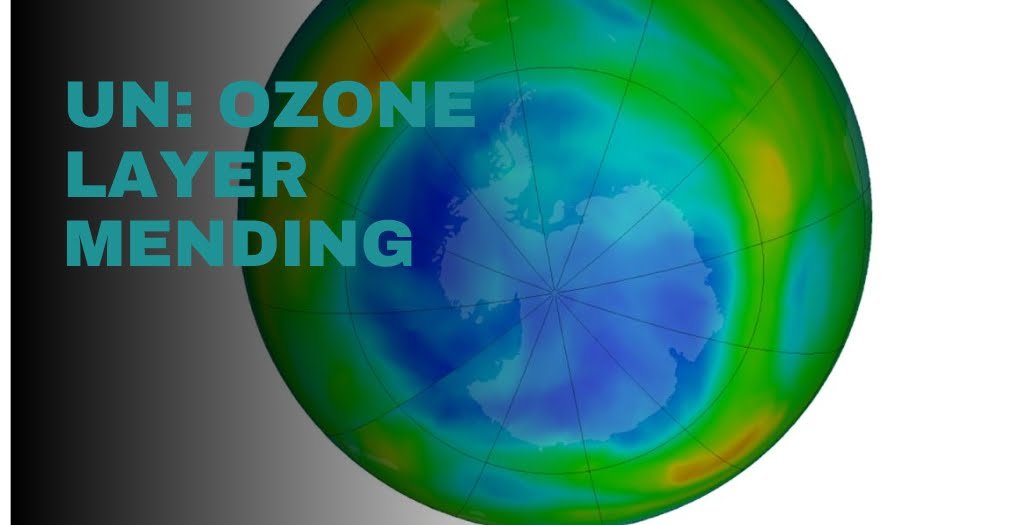A new United Nations-backed report finds that the ozone layer is on track to recover completely within decades as ozone-depleting chemicals did phase out around the world.
The ozone layer keeps harmful ultraviolet rays from reaching the Earth. However, scientists have been warning about a breach in this shield since the late 1980s, caused by ozone-depleting compounds such as chlorofluorocarbons, or CFCs. These maintain their presence mainly in refrigerators, aerosols, and solvents.
Help from other countries stopped the damage from getting worse. The Montreal Protocol entered into force in 1989, marking the beginning of the phase-out of CFCs and other ozone-damaging compounds. However the evaluation released on Monday by a team of experts reports it.
The assessment found that if global policies stay the same, the ozone layer should get back to where it was in 1980. It is only possible for most of the world by 2040. In the Arctic, recovery won’t happen until 2045, and in the Antarctic, it won’t happen until 2066.
Climate action follows ozone action. Petteri Taalas, secretary general of the World Meteorological Organization, stated the success of the organization in eliminating ozone-depleting chemicals. It demonstrates what needs to be done to phase out fossil fuels, cut greenhouse gas emissions, and curb global warming.
Ozone-depleting chemicals are also significant greenhouse gases; without a prohibition, the earth could have warmed by 1 degree Celsius, according to a 2021 study in Nature. Since the industrial revolution, the earth temperature did increase by 1.2 degrees. However scientists warn to keep it under 1.5 degrees to prevent the worst climate crisis repercussions. Scientists say warming above 1.5 degrees will raise the danger of drought, wildfires, floods, and food shortages.
For the first time in this four-year review, scientists looked into solar geoengineering, the endeavor to limit global warming by spraying chemicals into the stratosphere to bounce sunlight out of the earth’s atmosphere.
Stratospheric aerosol injection could lessen climate warming but may have unforeseen consequences. The analysis indicated that deploying the technology might alter stratospheric temperatures, circulation, ozone formation, destruction, and transport.

